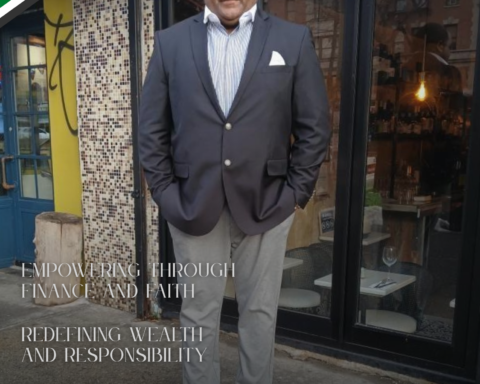Sharjah’s real‑estate market roared into 2025 with its strongest first‑quarter showing on record, clocking more than AED 13 billion in property transactions between 1 January and 31 March. The surge—about one‑third higher than the same period a year earlier—signals the emirate’s growing reputation as a value‑driven alternative to its flashier neighbour, Dubai, while highlighting the vibrancy of its own economic fundamentals.
Emiratis still in the driver’s seat
UAE nationals once again formed the backbone of demand. They were responsible for roughly 40 percent of the dirhams changing hands, underscoring the success of government incentives that encourage citizens to buy, build and invest close to home. Buyers from the wider GCC added another slice of activity, but the most eye‑catching growth came from two camps: Arab investors outside the Gulf and a diverse cohort of foreign nationals spanning nearly 100 countries. Together they accounted for almost two‑thirds of the remaining sales value, proof that Sharjah’s draw is widening well beyond regional borders.
What is fuelling the appetite?
Competitive pricing remains the emirate’s ace card. Average sales rates for apartments and villas still sit 20–30 percent below equivalent communities over the border, offering both end‑users and buy‑to‑let investors more space for their money and healthier gross yields, often north of seven percent. Meanwhile, the steady liberalisation of property laws over the past decade means non‑GCC buyers now have access to an expanding map of freehold and 100‑year usufruct zones, enlarging the addressable pool of purchasers.
The infrastructure pipeline is another powerful demand driver. Sharjah’s 2025 budget earmarks more than AED 11 billion for new roads, bridges and community facilities. Flagship projects such as the Khorfakkan highway expansion and new links to the Etihad Rail network promise faster commutes and cheaper logistics—key considerations for families and businesses alike. At the same time, waterfront and lifestyle destinations such as Maryam Island, Al Mamsha and Tilal City are transforming previously under‑utilised land into walkable mixed‑use neighbourhoods.
Demographics add further momentum. Visa reforms aimed at attracting skilled professionals keep pushing newly arrived families toward Sharjah’s more affordable suburbs. With the emirate’s population on track to top 1.9 million by the end of 2026, sustained pressure on both rental and sales stock looks inevitable.
Market segments in focus
- Residential sales made up roughly two‑thirds of Q1 activity. Mid‑rise apartments in Muwaileh, Al Khan and Al Nahda moved quickly, while villas in Barashi and Al Suyoh posted double‑digit price gains on tight supply.
- Commercial and industrial plots claimed just over one‑fifth of transactions, buoyed by small‑to‑medium enterprises expanding in Sharjah’s industrial zones and airport free area.
- Mortgage lending climbed to about AED 2.8 billion across more than a thousand loans—a sign that end‑users, not just cash investors, are shaping the market.
The road ahead for 2025
Several master communities are scheduled to hand over this year—notably Arada’s forest‑themed Masaar villas and Eagle Hills’ waterfront residences on Maryam Island. These deliveries will inject fresh inventory, largely in the upper‑mid segment, and should keep overall transaction momentum healthy. Analysts expect full‑year turnover to break the AED 45 billion barrier if absorption stays close to first‑quarter pace.
Risks remain. Construction finance is tightening as regional interest rates shadow the U.S. Federal Reserve’s higher‑for‑longer stance, and that could temper developer appetite later in the year. Most broker projections therefore point to modest capital‑value appreciation of three to five percent in 2025—still positive, but a cooling compared with the double‑digit leaps of 2023‑24.
Bottom line
Sharjah’s first‑quarter numbers confirm its evolution from a budget satellite into a self‑sustaining, diversified property hub. Emirati buyers continue to anchor the market, yet the broadening mix of Arab and international capital deepens liquidity and spreads risk. With infrastructure spending locked in and ownership rules steadily liberalised, the emirate looks set to remain one of the Gulf’s most compelling value plays through 2025.











